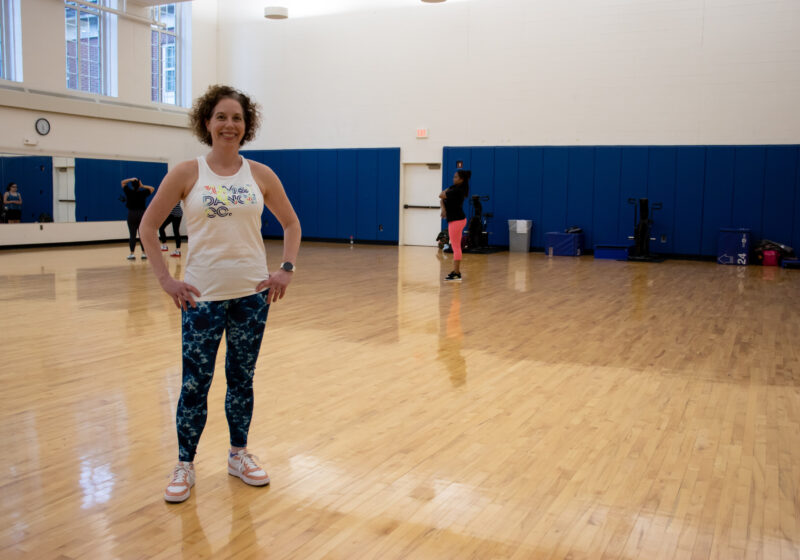The Andrew W. Mellon Foundation awarded Syracuse University a grant of $1 million to establish a “humanities corridor” in upstate New York including UR as well as Cornell University. The four-year grant will be used to strengthen the humanities curriculum at each individual institution by connecting the professors and facilities between the universities.
The road to the grant began when the Mellon Foundation approached Syracuse with the idea for a partnership between the major upstate New York research universities. After preliminary meetings between the three schools, Syracuse applied for the grant, which was awarded to them in December.
In the initial planning meetings, it was determined that the money would be used in five thematic clusters – philosophy and linguistics, cultures and religions, interface of humanities and technology, visual arts and cultures and musicology and music history. All three universities are participating in the visual arts and cultures cluster and two of the three are participating in each of the remaining four clusters.
The idea for the corridor was inspired by similar systems in California and downstate New York, where schools join together to bring in distinguished lecturers from distant locations or let their own students and professors travel between the schools.
“The grant gives the university a chance to enhance collaboration – it lets us take what advantages we can of our physical proximity,” Dean of The College William Green said. “It could lead to real kinds of efficiencies with professor and student exchanges. It could lead to visiting professors coming to all three campuses. It’s a win-win situation for each university and it strengthens all of us.”
The corridor will also incorporate group research projects, conversations and interdisciplinary workshops among professors in each cluster from the three schools.
This is not the first time that the universities have worked together. For years, both formal and informal interchanges have occurred between the universities’ individual departments.
“We used to be doing a lot of collaboration with the religion department at Syracuse,” Green said. “This collaboration is not unprecedented – the grant just helps us systematize it, regularize it and helps it financially.”
Both the UR faculty and student body stand to gain much from this relationship with Syracuse and Cornell, in part because both universities are much larger than UR in terms of student body and faculty members.
“The economies of scale kick in, for one thing,” Professor of Art and Art History Paul Duro said. “We’re always telling ourselves we’re on the small side, particularly in the humanities. The grant gives us the potential not just to fund initiatives, but the benefit from economies of scale is there.”
Further, this grant and partnership brings new focus and attention to the UR humanities departments, a stated goal of UR President Joel Seligman.
“UR began as a liberal arts school focusing on the humanities,” Seligman said. “The humanities remain a core of our university. This opportunity to develop a humanities corridor with Cornell and Syracuse will regionally promote the arts, languages and related studies. This will showcase the strengths in all three institutions and encourage collaboration that will be of particular benefit to our students.”
Duro agrees that the grant will bring increased importance to the humanities at UR.
“What’s exciting about the Mellon grant is not just that it brings dollars to the university, but that it brings a renewed sense of importance for the humanities,” Duro said. “We are an important part of the institution and have now been recognized not only by Syracuse University and Cornell University, but by the Mellon Foundation as well.”Jarrett can be reached at bjarrett@campustimes.org.


